Holding a vintage 1933 photograph of Alexandria’s Stanley beach beside a modern 2019 photograph of the same site, American photojournalist Maya Alleruzzo captured a key striking difference: the rising sea level over the years.
Photography has its own kind of power to communicate the crisis of climate change. It is not just a tool for observational storytelling, but can also represent people-powered climate action to put further pressure on leaders and decision-makers. In 2017, for instance, Canadian photographer Paul Nicklen’s famous photographs of a starving polar bear on the point of death became the face of climate change.
Yet the visual vocabulary of climate change has not been particularly diverse in its depiction of how climate change affects ordinary people and, namely, the most vulnerable. In 2020, a report by the State of the Climate in Africa 2019 warned that climate change is an increasing threat to the African continent. This is evidenced by the fact that in 2020 alone, around 1.2 million people in Africa were displaced by unstable weather conditions.
With COP27 just around the corner, building urgency and momentum around climate change can be difficult without understanding the true scale of the crisis. This is why Egyptian Streets is featuring the most prominent photographers documenting the impact of the crisis in Africa, and who diversify the visual vocabulary of climate change.
Khadija M. Farah – Somalia’s Drought
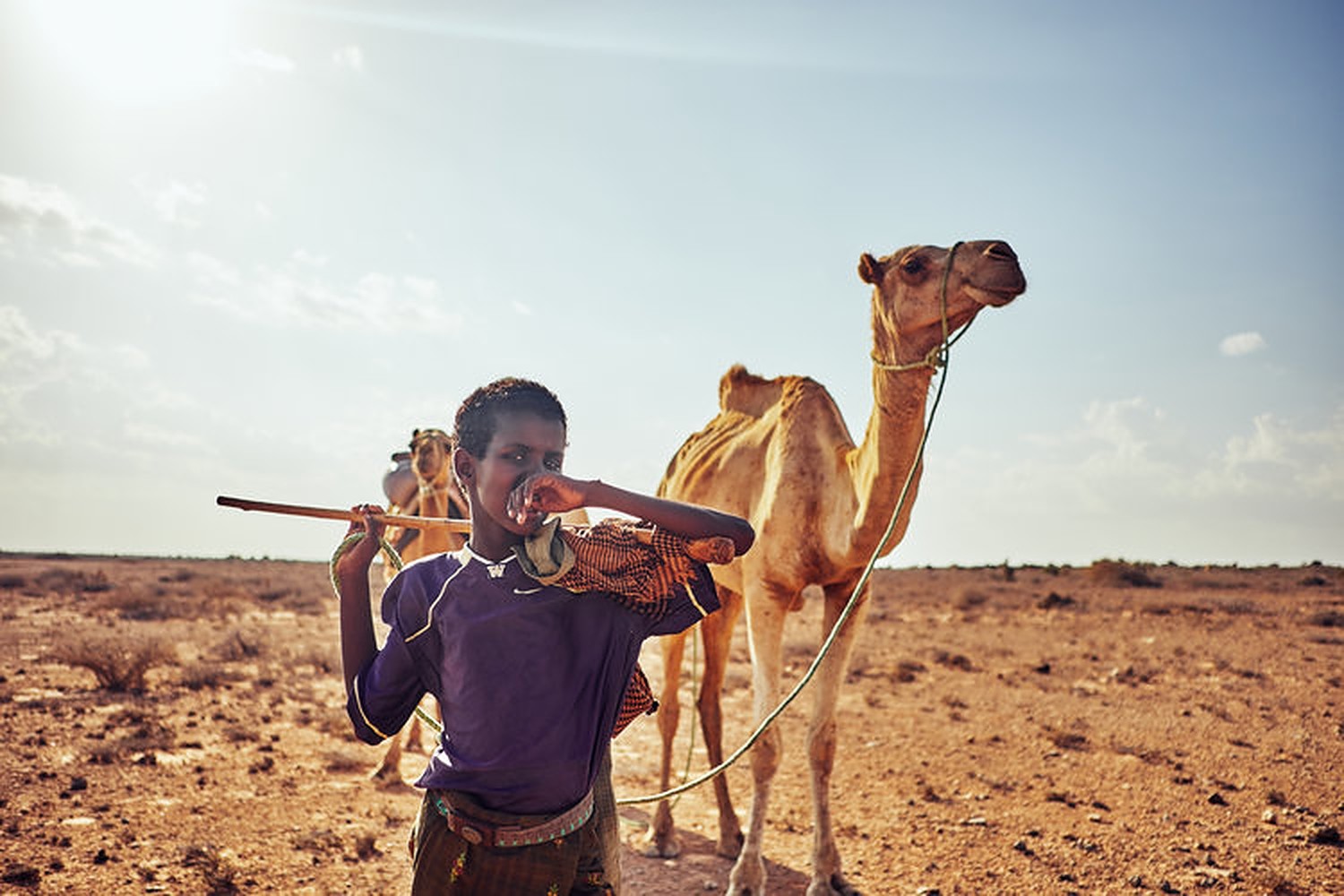
In 2017, Somalia did not witness rains for three seasons in a row, which brought severe drought and food shortages to more than six million people, representing half of the country’s population.
This tragedy received little global coverage, yet was brought to light by a series of photographs by Kenyan photographer Khadija M. Farah. Behind every photograph is a story and a conversation she held with the subjects, which reflects the fractured relationship between humans and the environment.
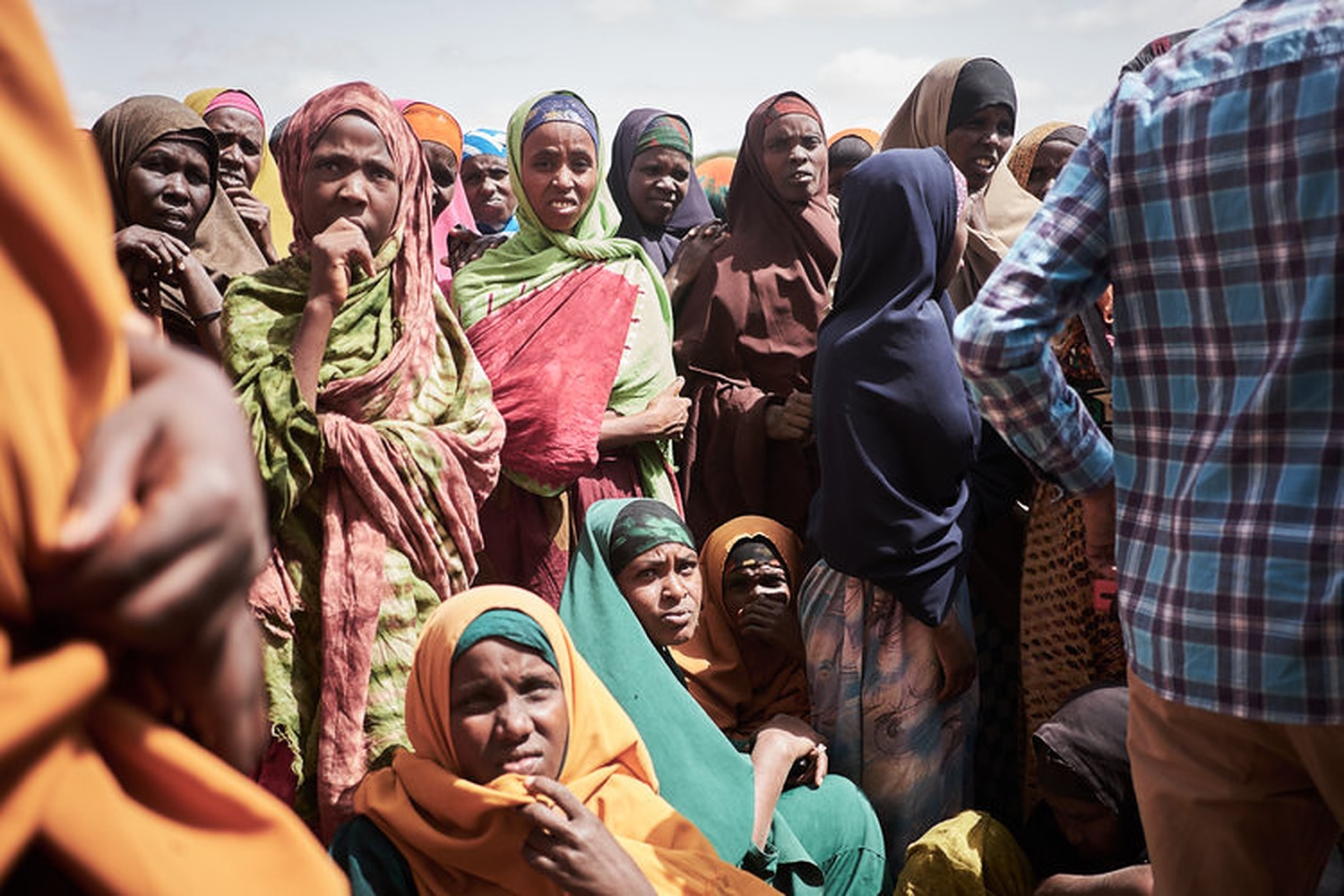
In one photograph, Farah contemplates how a mother copes with climate change through the story of Halima Jama Samatar, an 80-year-old resident of Eyl, Somalia. She takes care of 12 children, nine of whose mothers died, and three lost their fathers.
“There has been a drought in all aspects of our life, not just rain or loss of livestock. Its has been a difficult journey. Sometimes I was forced to choose which child to feed and I often go without myself,” Samatar says on her website.
Karel Prinsloo – Mozambique Floods
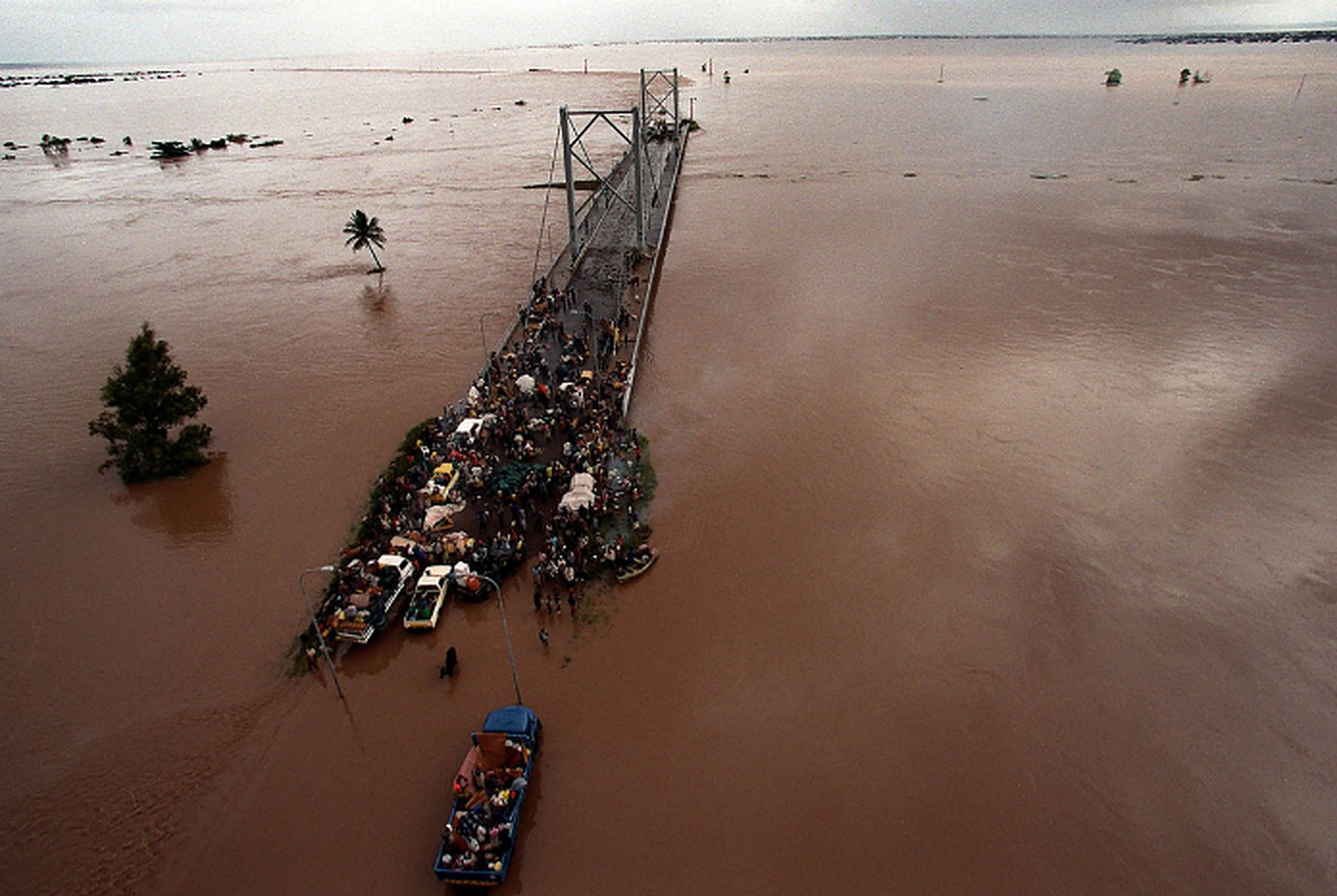
When a cyclone hit Mozambique in 2000, causing water levels to rise six meters in 24 hours, hundreds of people who were taking refuge on a high bridge near Xai-Xai were stranded in the middle of a flood. Around 800 people lost their lives, and 1400 km2 of arable land in Mozambique was lost, with total damages estimated at USD 100 million.
Captured by award-winning Kenyan photographer Karel Prinsloo, the photograph revealed the powerlessness of humans in the face of rising water levels and the extent of damage that can happen to countries that are ill-prepared with infrastructure and emergency responses.
As of 2016, the stranded victims of the cyclone were still living in recovery shelters with fluctuating water supplies.
M’hammed Killito – Morocco
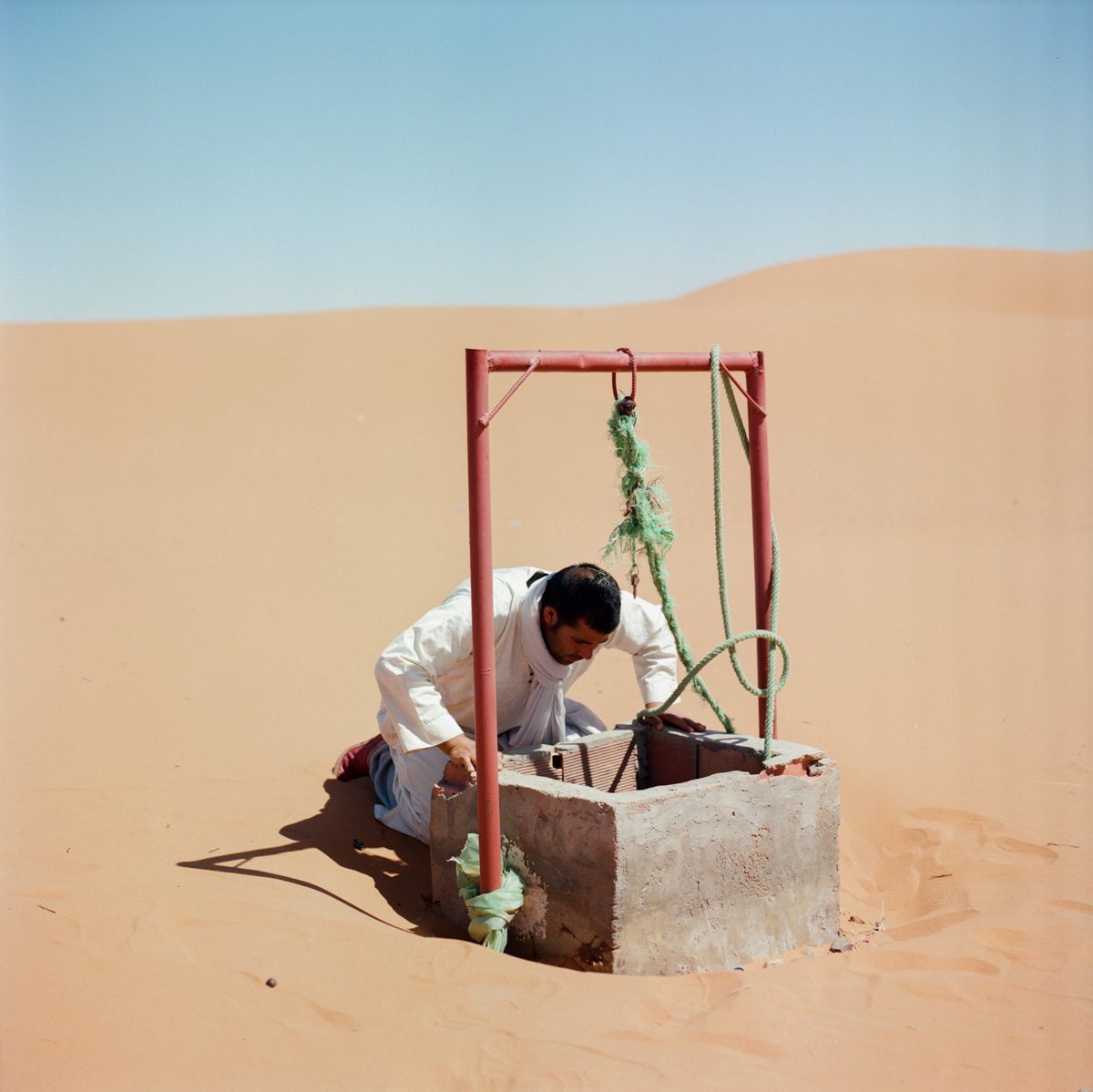
North Africa is known to be home to one of the most popular, exotic and beneficial plants: the palm trees. Providing protection against hot temperatures and desertification, palm trees can also absorb around 28.7 megatons of carbon dioxide (CO2) per year, and each individual date palm can absorb around 200 kilograms of CO2 per year.
In his 2022 series, ‘Before It’s Gone’, Moroccan photographer M’hammed Killito captures the fragile ecosystems of oases around Morocco that are rapidly disappearing, leaving nothing but the displacement of indigenous populations.
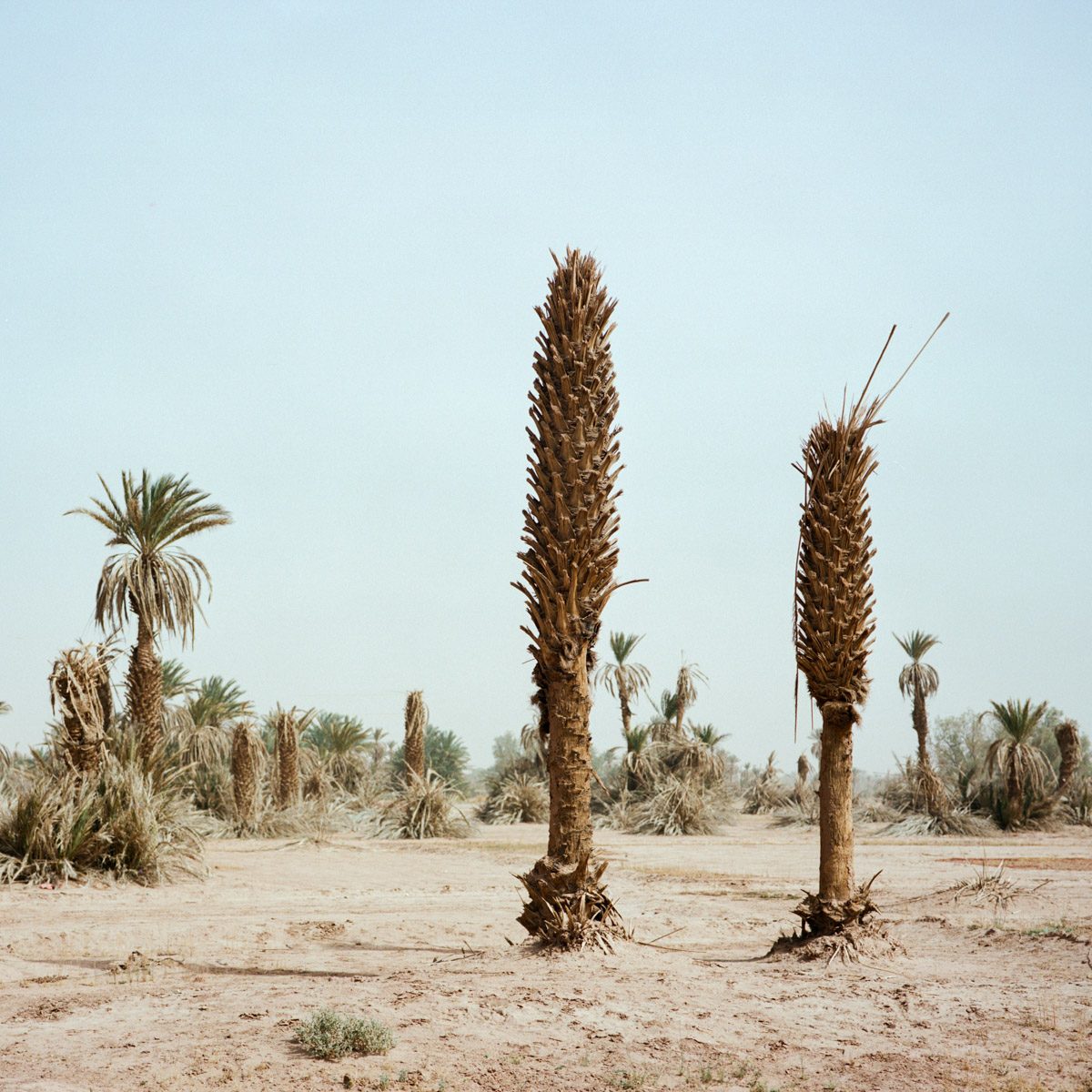
Matilde Gattoni – Ghana, Togo and Benin

Thousands of villages in Ghana and other neighboring countries are disappearing in the blink of an eye as a result of global warming and sea level rise, with more than 7,000 kilometers of coastline from Mauritania to Cameroon eroding at a pace of up to 36 meters per year.
From thriving fishing settlements to demolished buildings and ghost towns, French-Italian photographer Matilde Gattoni captures the harrowing story of how villages were swallowed by the ocean in little more than 20 years. The distance between the ocean and human life may seem far, but in this 2016 series, ‘Ocean Rage’, climate change is seen to have broken all boundaries that exist between nature and humans.
Communities are on the brink of starvation, as finding food and income through agriculture is no longer the reality. Erosion and salinization have affected agriculture and reduced the quantity of arable land and contaminated freshwater reserves. Instead, climate change has brought about new ways of generating income through criminal syndicates involved in fuel smuggling and illegal sand mining.
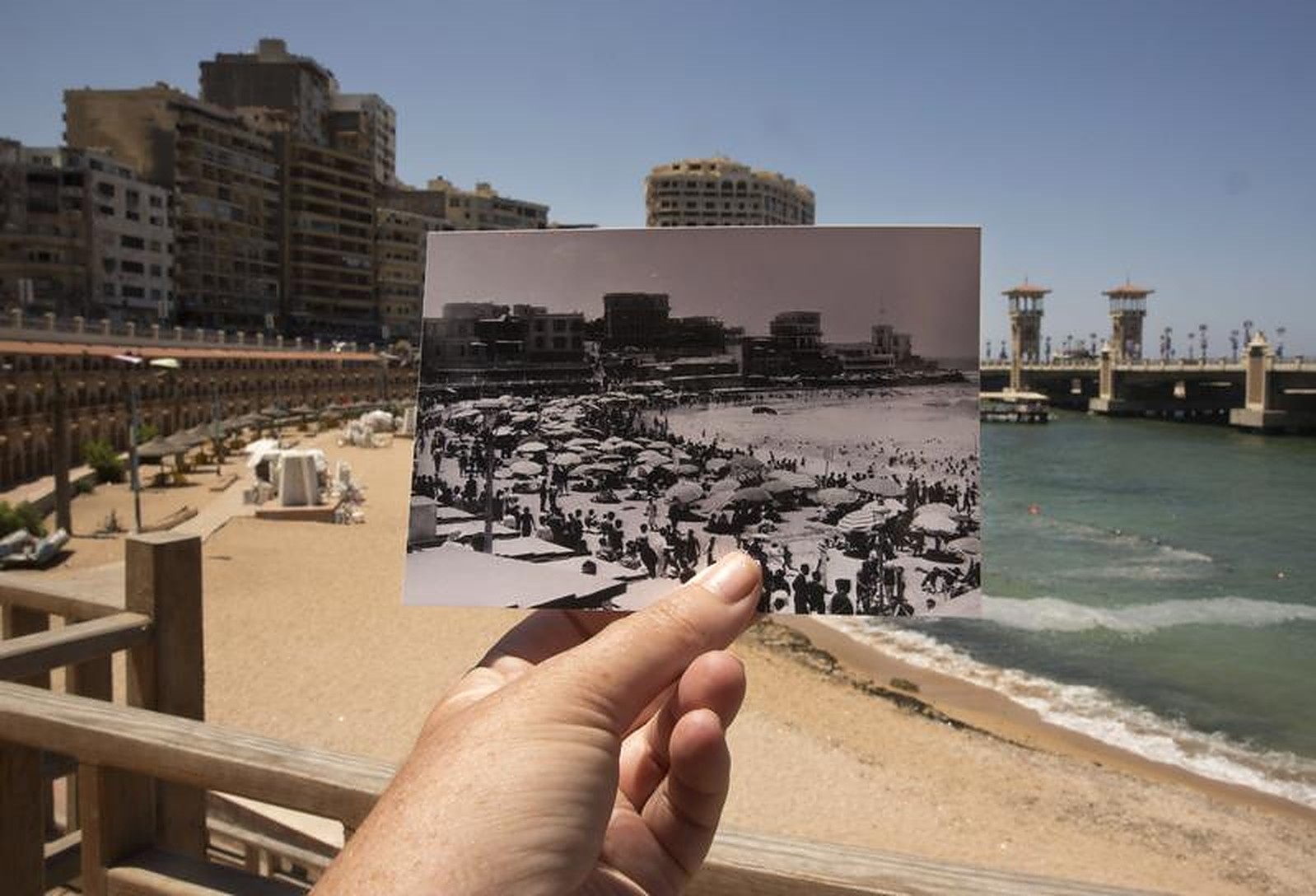






Comments (0)